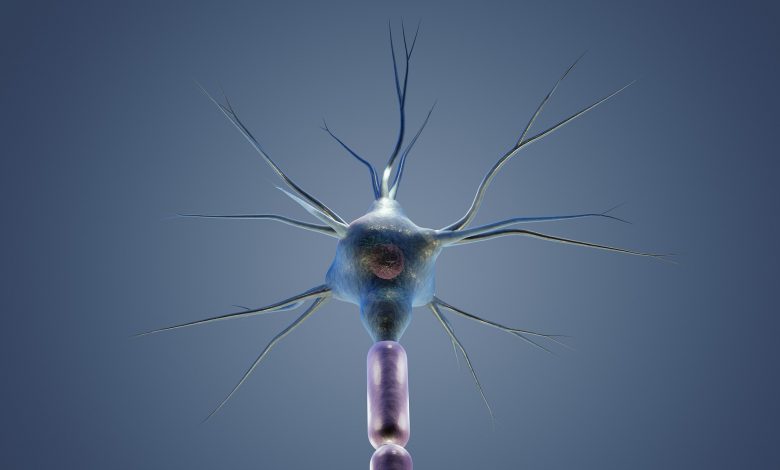Can I Take Amitriptyline For Nerve Pain?

Nerve pain, also called “neuropathic pain,” is difficult to live with. But for most people, nerve pain can be reduced. It’s usually caused by chronic, progressive nerve disease, and it can also occur as the result of injury or infection.
If you have chronic nerve pain, it can flare up at any time without an obvious pain-inducing event or factor. Acute neuropathic pain, while uncommon, can occur as well.
Typically, non-neuropathic pain (nociceptive pain) is due to an injury or illness. For example, if you drop a heavy book on your foot, your nervous system sends signals of pain immediately after the book hits. With neuropathic pain, the pain isn’t typically triggered by an event or injury. Instead, the body just sends pain signals to your brain unprompted.
People with this painful condition may experience shooting, and burning pain. The pain may be constant or may occur intermittently. A feeling of numbness or a loss of sensation is common, too. Nerve pain tends to get worse over time.
About 1 in 3 Americans experience chronic pain. Of those, 1 in 5 experience neuropathic pain. A 2014 study estimated that as many as 10 percent of Americans experience some form of neuropathic pain. Understanding the possible causes can help you find better treatments and ways to prevent the pain from getting worse over time.
What is amitriptyline?
Amitriptyline belongs to a class of drugs called tricyclic antidepressants. A class of drugs is a group of medications that work in a similar way. These drugs are often used to treat similar conditions. It may help improve mood and feelings of well-being, relieve anxiety and tension, help you sleep better, and increase your energy level. Amitriptyline works on your central nervous system to increase the level of certain chemicals in your brain, which improves your depression. Doctors usually prescribe amitriptyline to treat depression. In addition, some off-label uses include treating anxiety, IBS, and chronic pain.
Can I take amitriptyline for nerve pain?
Yes, doctors can sometimes prescribe low-dose amitriptyline to treat nerve pain and to help prevent migraine attacks. Amitriptyline works on two chemicals, noradrenaline, and serotonin, which are found in nerves. When amitriptyline is used to treat nerve pain, it lowers the pain signals to the brain. This helps to reduce the level of pain you experience, which can enable you to get back to your daily activities and have a better quality of life.
Amitriptyline has been a first‐line treatment for neuropathic pain for many years. A 2015 study recommends that the medication should continue to be used as part of the treatment of neuropathic pain, but noted that only a minority of people will achieve satisfactory pain relief with the drug.
What is the normal dosage of amitriptyline for nerve pain?
Amitriptyline tablets come in 3 different strengths – 10mg, 25mg or 50mg. The liquid also comes in 3 different strengths – containing 10mg, 25mg, or 50mg of amitriptyline in a 5ml spoonful. Amitriptyline is usually taken one to four times a day. Take amitriptyline at around the same time(s) every day. Follow the directions on your prescription label carefully, and ask your doctor or pharmacist to explain any part you do not understand. Take amitriptyline exactly as directed. Do not take more or less of it or take it more often than prescribed by your doctor.
The usual starting dose for adults and older children (aged 12 to 17 years) is 10mg a day. This dose can be increased by your doctor if you need better pain relief.
The starting dose for younger children depends on their weight and symptoms. The doctor will tell you how much to give them.
The maximum dose of amitriptyline for treating pain is 75mg a day. Your doctor may give you a higher dose if you’re taking it to prevent migraine.
Your doctor will probably start you on a low dose of amitriptyline and gradually increase your dose.
How long does amitriptyline take to work for nerve pain?
In general, you may start to feel better 1 to 2 weeks after taking amitriptyline for nerve pain but it can take up to 4 to 6 weeks for amitriptyline to work fully. Continue to take amitriptyline even if you feel well. Do not stop taking amitriptyline without talking to your doctor. If you suddenly stop taking amitriptyline, you may experience withdrawal symptoms such as nausea, headache, and lack of energy. Your doctor will probably decrease your dose gradually.





